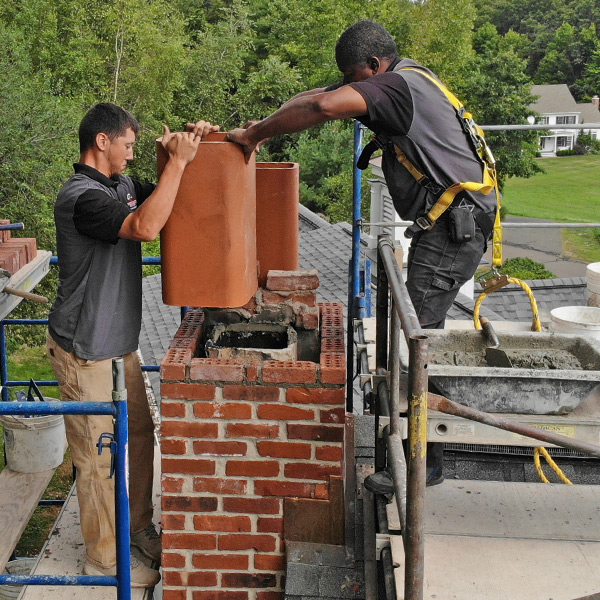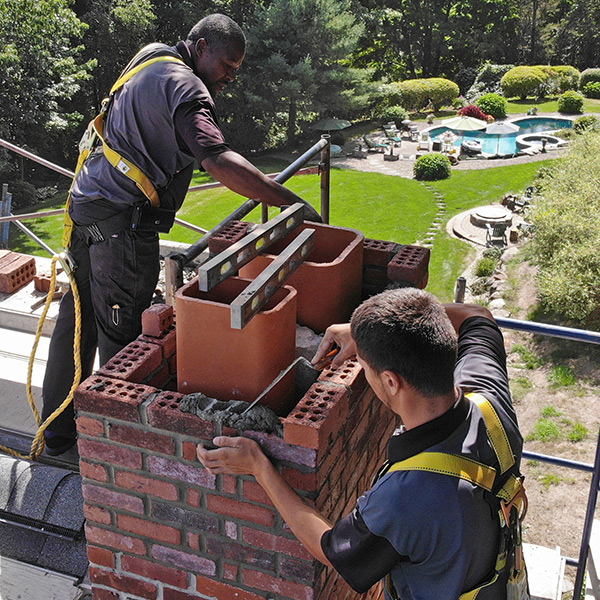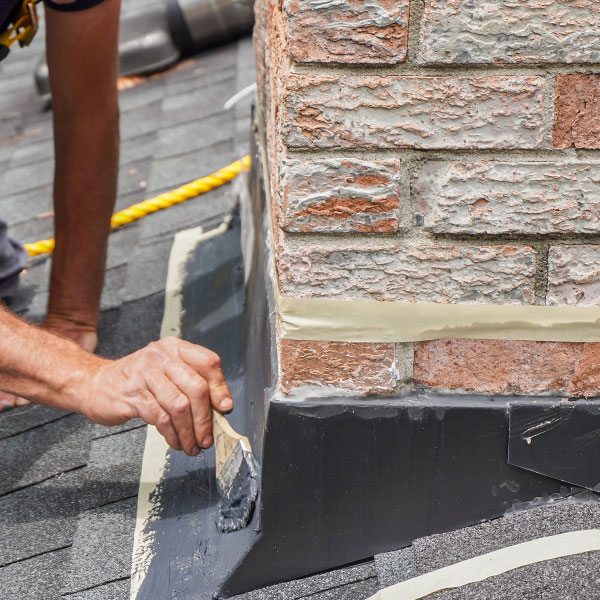The Importance of Chimney Flashing
Chimney flashing will provide a skirt on a chimney when it can meet the roof so that debris and water will not go into the roof space and cause property damage. When the chimney is installed through your roof from an internal fireplace, it will pass through the roof cavity and into your property’s external environment. The chimney flashing is placed through the chimney edge against the roofline in order to create a permanent and resilient conjunction seal.
You would have to call chimney cleaning services before installing chimney flashing. Most of the time, people take note of how important chimney sweeping and tuckpointing are, but chimney flashing can be overlooked.
Here are the reasons why chimney flashing is important:
How Chimney Flashing Works
The chimney will allow smoke from your fireplace so it can rise and escape into the air above the home, but there are important parts that allow this. There is a damper that seals the fireplace, from outdoor elements, but it should be opened when you use the fireplace so the smoke will not fill your home. The smoke chamber will guide smoke from the hearth to the flue and guides it upward and outside so it can go through your roof. Meanwhile, the flashing plays an important part in the process. The flashing is a seal that is placed where the chimney and roof meet, which creates a transition between the roofing and chimney materials. Why is it important? If there is no flashing, chimney cleaning will become a constant task. There will not be a glaring gap between the roof and chimney through which the moisture and unwanted matter seep into your house.
Moisture Barrier
The roof of your house will act as a shield from the external environment. If there is no chimney flashing, debris, water, dust, and other external particles are going to pass through the roof cavity. It can cause internal damage including electrical faults. When there is a moisture barrier because of a good chimney flashing that was installed correctly, you will feel more comfortable. This is going to let water and debris flow down your roof line and into the gutters and then it is linked to the stormwater network.
Automatic Pest Control
Chimney flashing provides a barrier that will not allow pests to go into your roof cavity. Regardless if your property has possums in the vicinity, nasty pests, or rats, you should make sure that the seal is sealed so they will not find a home inside your roof. Chimney flashing has to be completely installed around the chimney masonry’s parameter where it can meet the roof line so that there are no gaps or parts that can be forced open.
Hire a Professional to Repair it
When you experience warning signs of chimney flashing problems, you should not do a DIY. A professional can confidently diagnose what the issue is. Even if moisture issues are normally caused by flashing problems, there are a suite of chimney problems that can lead to water issues. In addition, if it is a flashing issue, a team of professionals can evaluate how much the damage is to determine if it should be repaired or replaced.
You Should Watch out for Leaky Flashing
If you moved into a new home, or you have not done any work to the current chimney for a long time, you should watch out for any faulty chimney flashing signs.
Chimney flashing is a common contributor to chimney leaks which can cause major problems.
You can contact chimney sweep Upper Marlboro if you need to have the flashing inspected.
The post The Importance of Chimney Flashing first appeared on First Class Chimney Services.
This post first appeared on https://www.firstclasschimneyservices.com
 First, is it time to rebuild?
First, is it time to rebuild? We’re here to help, whether you need a rebuild or a repair
We’re here to help, whether you need a rebuild or a repair
 What is chimney flashing?
What is chimney flashing?